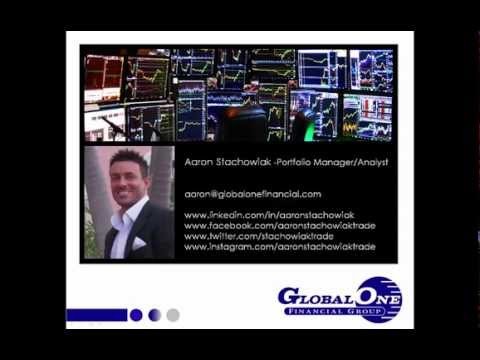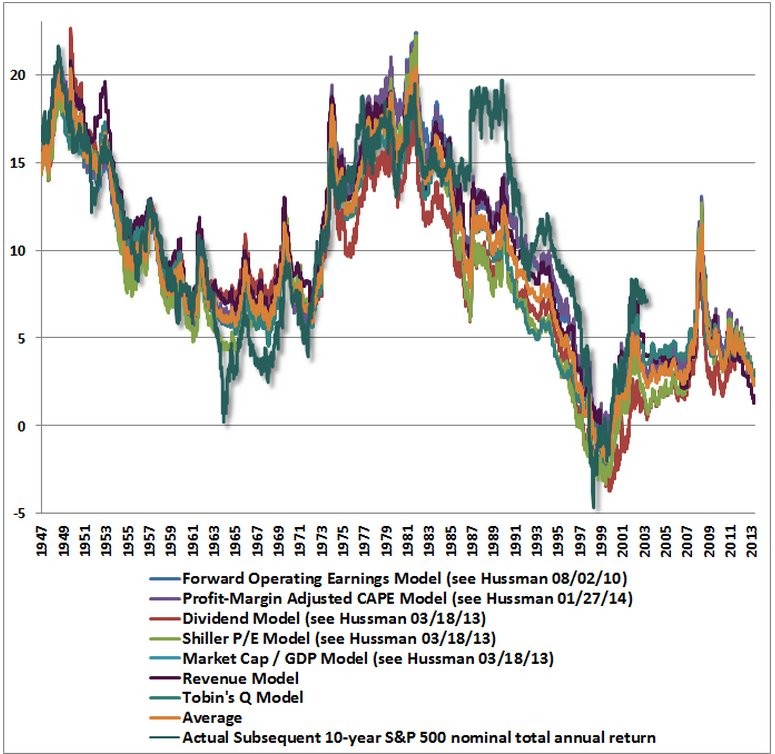My Secret To Profiting From The Next Market Crash
Post on: 3 Июль, 2015 No Comment

Search form
My Secret To Profiting From The Next Market Crash
By Jared Levy | March 10, 2015 |
I was fortunate to have begun my career during the dot-com boom. It taught me how to successfully navigate a market during a forming bubble. and its eventual bust.
The most important lessons I learned on the floor during those years were to watch closely for bubbles, be careful of crowded trades and always anticipate the crowd’s future movements.
While they may seem obvious, all three can be extremely difficult to accomplish when you’re in the heat of the moment; especially if you tend to be an emotional trader.
Following these tactics allowed me to make money during the late 1990s and 2000s, a historically turbulent time.
I’m not bringing this up to pat myself in the back. It’s because what I’m seeing in the market today is eerily familiar. Specifically, one of my favorite indicators is pointing to a bubble in U.S. equities.
As I mentioned previously, the forward price-to-earnings (P/E) ratio is at extreme levels.
The last time it flashed its current reading was at the end of 2009, and within six months, the market had undergone a correction. The previous time it was even close to this high was in October 2007, when stocks began a 17-month, 57% decline. See for yourself:
At 17.62 based on 2015 estimated earnings, the P/E multiple for the S&P 500 is at its highest level in almost 10 years. The current forward P/E multiple might be more acceptable if we weren’t nearly 70 months into a recovery, well beyond the average economic expansion time of 58.4 months.
Making matters worse, most of the near-term catalysts seem bearish. The market is bracing for an interest rate hike and the effects of a stronger U.S. dollar, both of which will hurt S&P 500 earnings.
Internationally, China’s growth is slowing to a 24-year low, Brazil is on the brink of recession and the European Union expects to grow a meager 1.3% as a whole in 2015. Weakening global consumers will reduce revenues for U.S. companies. Now is not an appropriate time to justify premium pricing.
Now, I’m not forecasting the next recession, but rather a reset (correction) of more than 10% over the course of a few weeks, which we haven’t had since late 2011. That might not sound like much of a profit opportunity, but by using one of my favorite strategies we could easily turn that move into a 60%. 70%. or even 80% gain.
The secret to amplifying your gains from a downside move is buying puts. If you’re not familiar with puts, don’t worry, they’re easy to understand. Put options go up in value when the underlying security drops.
Let me show you exactly how they work. And why we don’t need a crisis in the United States to successfully use puts.
You may have heard the phrase there’s always a bull market somewhere. I’ve found the opposite is also true. There’s always a market crisis somewhere. So while the S&P 500 marched 11.4% higher in 2014, several foreign markets struggled. Then there was Russia.
Back in July, when I recommended readers buy puts on Market Vectors Russia ETF (NYSE: RSX ). a U.S. fund that tracks the Russian market, the country was in trouble.

The Russia/Ukraine conflict dominated headlines. Malaysia Airlines Flight 17 had just been shot down over a pro-Russian area of Ukraine. And countries around the world were imposing sanctions on Russia.
On top of that, the Russian economy was growing at a snail’s pace, even though it was at full capacity — i.e. the unemployment rate was just 4.9%. In other words, you basically had an economy operating as efficiently as it could with peak employment and little to no growth.
I expected the negative headlines, economic sanctions and slow growth to push shares down in the coming weeks. And that’s exactly what happened.
Over the course of 20 days, shares fell 8.9%. That’s not a bad return for investors who shorted the stock. But readers who followed my profit amplifying strategy made 6.5 times as much. 58%.
You see, I recommended readers buy put options instead of shorting shares. Specifically, I recommended selling the RSX Nov 28 Puts at $3.30. That’s a put option on RSX that expired in November with a cost of $3.30 per share, or $330 per contract since every options contract controls 100 shares.
Since shares traded at $25.30 at the time, we needed them to fall at least 2.4% for the trade to hit my breakeven point at $24.70 ($28 strike price minus $3.30 options premium). RSX was below that price within a week. That’s not surprising since stocks tend to fall faster than they rise.
By the time I closed the trade, shares traded for $23.05, and the $3.30 puts we purchased were worth $5.20 — a 58% gain. If you had bought 10 contracts for $3,300, you would have walked away with a $1,900 profit. You would have needed to short $21,365 worth of RSX shares to make the same $1,900 gain!
Like I said, I think the U.S. market could be within weeks of a correction in U.S. stocks. So I think right now is a critical time to learn everything you can about options, specifically buying puts. That’s why I agreed to an on-camera interview with Frank Bermea, Profitable Trading’s publisher. In the interview, I reveal exactly how to find the types of trades that can help you profit from the next market crisis. I urge you to watch the interview now.














